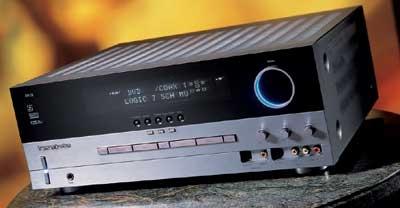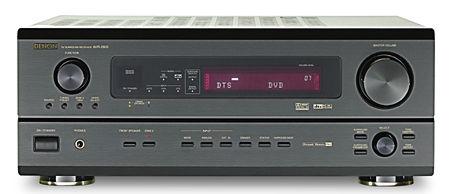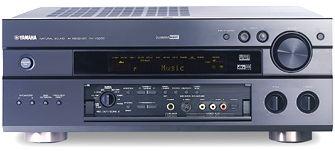AV Receiver Reviews
Sort By: Post Date TitlePublish Date
|
May 06, 2004
|
Mar 02, 2004
|
Sep 01, 2003
|
Feb 05, 2003
|
Jun 17, 2002
|
Apr 09, 2002 |
First Published: Apr 10, 2002



















